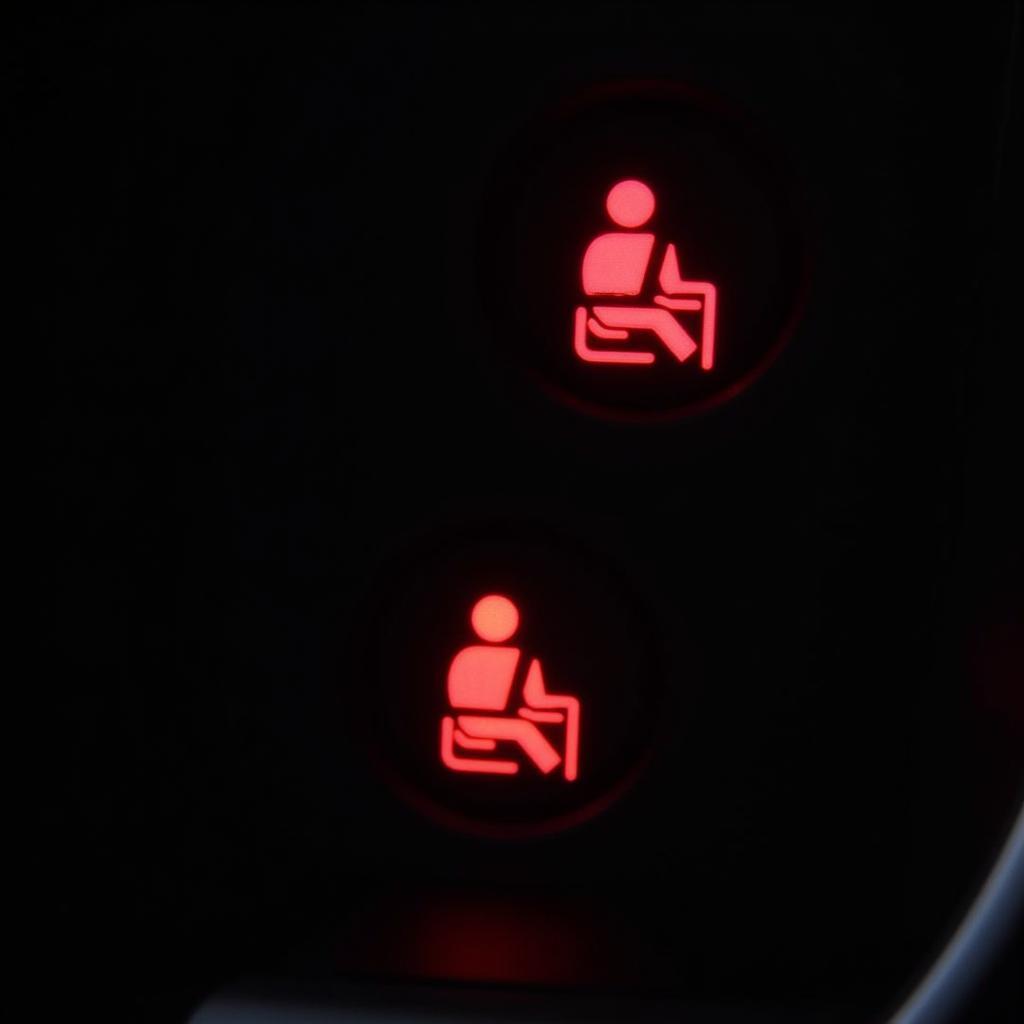It’s happened to all of us. It’s a frigid winter morning, and you’re ready to start your day, but your car battery has other plans. You turn the key, and all you hear is a disheartening clicking sound. A dead car battery in cold weather is a frustratingly common experience. But why does it happen, and what can you do about it?
Why Cold Weather Kills Your Car Battery
Cold temperatures can significantly impact your car battery’s performance, often leading to a dead battery. Let’s break down the science behind this phenomenon:
- Reduced Chemical Reactions: Car batteries rely on chemical reactions to generate electricity. Cold temperatures slow down these chemical reactions, reducing the battery’s ability to provide sufficient power for starting your engine.
- Thicker Engine Oil: In cold weather, engine oil thickens, making it more difficult for the engine to turn over. This increased resistance puts a higher demand on the battery, draining its power more quickly.
- Weakened Battery Charge: As temperatures drop, so does the battery’s ability to hold a charge. A battery that might be perfectly fine in warmer weather might struggle to start your car in the cold.
Signs of a Cold-Weather Battery Issue
Recognizing the warning signs of a failing battery in cold weather can save you from being stranded. Look out for:
- Slow Engine Crank: If your engine takes longer than usual to crank, it could be a sign that your battery is struggling to deliver enough power.
- Dimming Lights: Dim headlights and interior lights, especially when starting the engine, can indicate a weakened battery.
- Clicking Sound When Starting: That telltale clicking noise is often a clear sign that your battery doesn’t have enough power to engage the starter motor.
- Battery Warning Light: If your dashboard battery warning light illuminates, it’s crucial to get your battery inspected as soon as possible.
How to Fix a Dead Battery in Cold Weather
Finding yourself with a dead car battery in cold weather can be stressful. Here’s what you can do:
- Jump-Start Your Car: Jump-starting is often the quickest solution. You’ll need a set of jumper cables and another vehicle with a working battery.
- Always follow the instructions outlined in your car’s owner’s manual for safe jump-starting procedures.
- Warm Up the Battery (If Possible): If you can safely bring your battery indoors to a warmer environment, do so for a couple of hours. This can help to warm up the battery’s internal components and potentially restore some of its charge.
- Call for Roadside Assistance: If you’re uncomfortable with jump-starting or unable to do so, calling a roadside assistance service is always a reliable option.
Preventing a Dead Battery in the Cold
The best way to deal with a dead car battery in cold weather is to prevent it from happening in the first place. Here are some proactive measures:
- Test Your Battery Regularly: Get your battery tested by a mechanic, especially as winter approaches. This can help you identify a weak battery before it leaves you stranded.
- Keep Your Battery Clean: Corrosion on the battery terminals can interfere with the flow of electricity. Clean the terminals with a battery cleaning brush and apply a protective coating.
- Park in a Garage: When possible, park your car in a garage or covered area to shield it from the elements. Even a slight temperature difference can make a difference.
Choosing the Right Battery for Cold Climates
If you live in an area with harsh winters, consider investing in a battery specifically designed for cold weather performance. These batteries typically have higher cold-cranking amps (CCA) ratings, meaning they can deliver more power in freezing temperatures.
Expert Insight: “Cold-cranking amps are a critical factor to consider when choosing a car battery for cold climates,” says automotive engineer Sarah Chen. “A higher CCA rating ensures your battery can provide the necessary power to start your engine even in sub-zero temperatures.”
Maintaining Your Battery for Long-Term Performance
Proper battery maintenance is essential for maximizing its lifespan and avoiding unexpected failures:
- Limit Short Trips: Short trips prevent your battery from fully recharging. If you frequently drive short distances, consider taking a longer drive once a week to give your battery a chance to recharge fully.
- Turn Off All Accessories Before Shutting Off the Engine: Leaving lights, radio, or other accessories on when you turn off the engine can drain your battery, especially in cold weather.
Conclusion
A dead car battery in cold weather is a common problem, but by understanding the factors involved and taking preventative measures, you can greatly reduce your risk of being stranded. Regular battery maintenance, choosing the right battery for your climate, and being mindful of cold weather’s impact on your vehicle can go a long way in keeping you on the road, even when the temperatures plummet.

